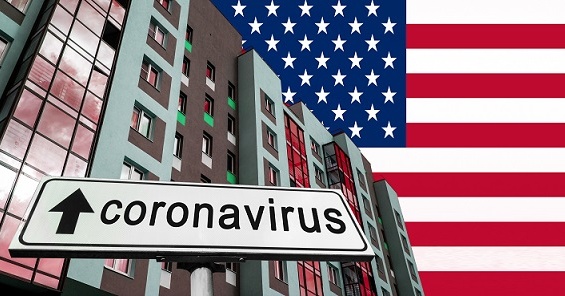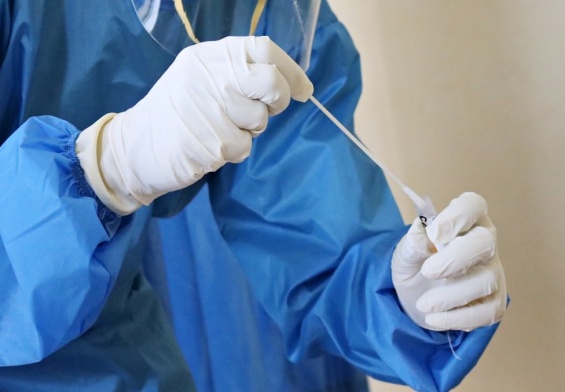While states across the U.S. are at different stages with coronavirus infection rates, school districts are struggling with how and whether to reopen in the fall. Schools at every level and universities haven’t faced this type of challenge in many generations. Unlike in the past, however, technology has paved the way to continue education even when schools remain closed. As a result, remote learning has emerged as the most viable solution to keep our children safe. Whether they use it full-time or as part of a hybrid education model, it is hard to imagine any school district will get through the 2020-21 school year without some form of e-learning as part of their curriculum.
Remote Learning vs. Hybrid Learning
While parents fully acknowledge the different social and emotional benefits of in-person education, the possibility of their child catching the Covid-19 and/or bringing it home to a more vulnerable family member leaves them with few choices. Furthermore, parents in many districts no longer have the option to put their children back in school. For instance, 17 out of the 20 largest school districts are switching to remote learning exclusively this fall.
Chicago wanted to start with a hybrid learning model for this year but has decided to stick with remote learning for all students. Los Angeles Unified School District will also begin with virtual learning only while New York has decided to reopen all of its more than 700 school districts this fall although NYC teachers are protesting the decision.
Most families, however, must decide between remote only and a hybrid model of virtual and in-person learning. New York City, for example, will reopen with the hybrid model. In addition, each individual New York City school will determine its own social distancing protocols, including class sizes. Nevertheless, families can choose remote learning for their children at any time but can only return to hybrid learning on a quarterly basis.
Virtual Learning Already on the Rise
Even before the outbreak, education technology was seeing explosive growth with global edtech investments topping $18.66 billion in 2019. Covid-19 only added to the burgeoning demand for video conferencing tools, language apps, virtual tutoring services, and online learning software.
How Education Companies Are Reacting to Covid-19
To make it easier for families with children at home to get access to education, some online learning platforms are offering free access to their services. Lark, for example, a Singapore-based collaboration suite started offering both students and teachers unlimited video conferencing, auto-translation capabilities, and smart calendar scheduling among other services.
In addition, some school districts are forming partnerships to foster distance learning. The Los Angeles Unified School District and PBS SoCal/KCET have joined together to offer local educational broadcasts, with channels focused on specific ages with a range of options.
Learning Pods
The latest option for parents who are keeping their kids at home but aren’t ready or able to homeschool them is the learning pod. This trend has picked up steam considerably with the amount of uncertainty surrounding school openings. A learning pod is a group of students brought together by their parents to learn, share resources and, of course, have social interactions.
Learning pods come in a few different variations:
- Same school with parents – In this case, students who attend the same school form a learning group. The idea is that their kids’ teachers supply the remote learning material, and the group (probably with parent leaders) makes sure to keep up with their class.
- Same school with tutor – Similar to the arrangement mentioned above except the group hires a professional teacher or tutor to teach the lessons. Many professional SAT test prep and tutoring companies are now offering this service for parents who need someone with training to lead their child’s learning pod.
- Separate school – With this option, the group more closely resembles a home school situation in which the student curriculum can be developed or purchased, and the instruction is separate from a private or a public school.
One of the biggest challenges of creating a learning pod is ensuring that children work on their academics and not just on social activities. In addition, all of this planning and preparation will be wasted if proper coronavirus protocols such as wearing masks and social distancing are not followed.
May Widen Gaps Between Students From Different Backgrounds
One of the pitfalls of virtual learning models is that they may widen learning gaps between students of different economic backgrounds. Remote learning involves technology or tutoring that many lower income families simply cannot afford. Unfortunately, these inequities may only become greater if poorer students no longer have access to basic services provided by their local schools.
One thing we know for certain is that this school year will be like no other in recent memory. Every district’s options and carefully laid plans could change on a dime depending on coronavirus flareups in their region. Parents will have to be especially vigilant whether their children attend school in person or remain home to learn at their computer or within a learning pod. In school districts that open up fully or with hybrid schedules, social distancing and mask wearing will alter the traditional approach to education. Without a doubt, remote learning will continue to grow in popularity as fearful parents and educators turn to technology as the only surefire way to educate their children safely amidst a global pandemic.




